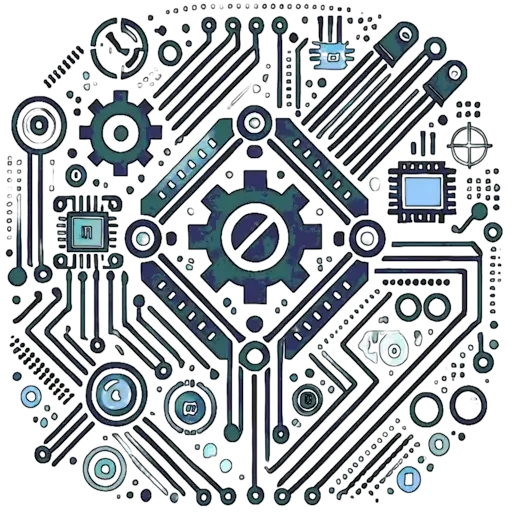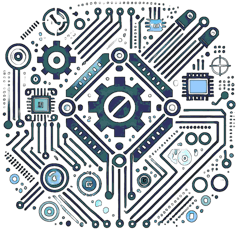This project will demonstrate how to control an LED over Wi-Fi using an ESP8266 microcontroller and a web interface. You can use the same approach to control other devices connected to your ESP8266.
Components Required
- 1 x ESP8266 (NodeMCU or ESP-01)
- 1 x LED
- 1 x Resistor (220 ohm)
- Jumper wires
- Breadboard
System Overview
The ESP8266 will host a web server that you can access from any browser. The web interface will provide controls to toggle the LED on and off.
Wiring the Components
Follow these steps to wire your circuit:
- Connect the positive leg (anode) of the LED to GPIO2 (D4 on NodeMCU).
- Connect the negative leg (cathode) of the LED to GND through a 220-ohm resistor.
Arduino Code
Below is the Arduino code to set up the ESP8266 as a Wi-Fi server and control the LED through the web interface:
#include <ESP8266WiFi.h>
const char* ssid = "Your_SSID";
const char* password = "Your_PASSWORD";
WiFiServer server(80);
const int ledPin = 2; // GPIO2 is D4 on NodeMCU
void setup() {
pinMode(ledPin, OUTPUT); // Set LED pin as output
digitalWrite(ledPin, LOW); // Initially turn off LED
Serial.begin(115200);
delay(10);
// Connect to WiFi
Serial.println();
Serial.print("Connecting to ");
Serial.println(ssid);
WiFi.begin(ssid, password);
while (WiFi.status() != WL_CONNECTED) {
delay(500);
Serial.print(".");
}
Serial.println("");
Serial.println("WiFi connected");
Serial.println(WiFi.localIP());
server.begin(); // Start the server
Serial.println("Server started");
}
void loop() {
WiFiClient client = server.available(); // Listen for incoming clients
if (!client) {
return;
}
// Wait for data from client
while (!client.available()) {
delay(1);
}
String request = client.readStringUntil('\r');
Serial.println(request);
client.flush();
// Control LED based on request
if (request.indexOf("/LED=ON") != -1) {
digitalWrite(ledPin, HIGH);
}
if (request.indexOf("/LED=OFF") != -1) {
digitalWrite(ledPin, LOW);
}
// Respond to client with basic HTML
client.println("HTTP/1.1 200 OK");
client.println("Content-Type: text/html");
client.println("");
client.println("<!DOCTYPE HTML>");
client.println("<html>");
client.println("<h1>ESP8266 LED Control</h1>");
client.println("<p>LED is " + (String)(digitalRead(ledPin) ? "ON" : "OFF") + "</p>");
client.println("<p><a href=\"/LED=ON\">Turn On</a></p>");
client.println("<p><a href=\"/LED=OFF\">Turn Off</a></p>");
client.println("</html>");
}
Code Explanation
WiFi.begin(ssid, password);: Connects the ESP8266 to the specified Wi-Fi network.server.begin();: Starts the web server to listen for incoming requests.digitalWrite(ledPin, HIGH);: Turns the LED on when the URL contains/LED=ON.client.readStringUntil('\r');: Reads the HTTP request from the web browser.client.println(): Sends an HTML response back to the client, updating the web page with LED control links.
Upload and Test
- Upload the code to your ESP8266 using the Arduino IDE.
- Open the Serial Monitor to find the IP address assigned to the ESP8266 by your Wi-Fi network.
- Enter the IP address in your web browser, and you will see a simple webpage with buttons to turn the LED on and off.
- Click the links to toggle the LED state.
Conclusion
You've built a Wi-Fi enabled LED controller! You can expand this project by controlling multiple LEDs or other devices like relays and motors, or even integrating sensors for more advanced automation projects.


